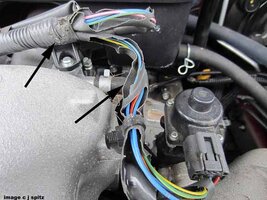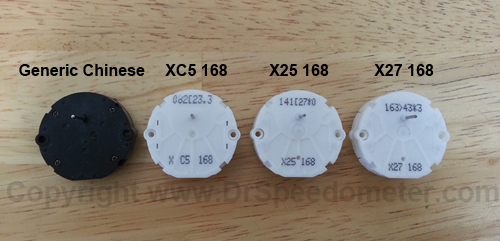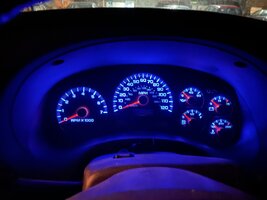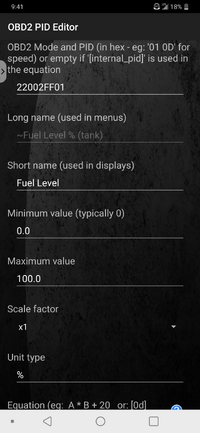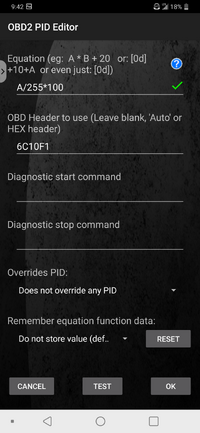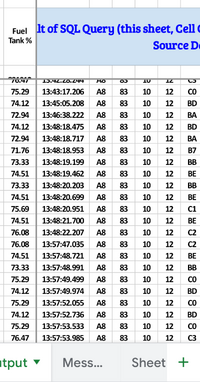Well I will add this.
We already know the gauge is positioned by the cluster electronics driving the stepper motor in response to messages from the PCM which reads the tank level sender. The PCM sends out a nominal 5 volt signal and reads the voltage remaining after the sender has created a drop by applying a resistance across the nominal 5 volt signal and a low reference. Where was I going??? Oh yes! The messages from the PCM take the form "A8 83 10 12 xx" where xx is a value between 0x00 and 0xFF. On my 2002s 0x00 nominally represents empty and 0xFF nominally represents full. I would imagine the voltage from the sensor is not linear due to the geometry of the swinging float arm but for the purpose of this post that doesn't matter as I am not addressing that signal.
Specifically, on both my 2002 TrailBlazer and my 2003 benchtop testbed the low fuel level light comes on when the level as reported by the PCM to the cluster hits 0x10. The low level light turns off when the level as reported by the PCM rises and hits 0x1C.
My 2002 gauge points of reference in hex:
E = 0x0C
1/8 = 0x22
1/4 = 0x36
1/2 = 0x77
3/4 = 0xB7
F = 0xD6
Does this help?? I doubt it very much.
We already know the gauge is positioned by the cluster electronics driving the stepper motor in response to messages from the PCM which reads the tank level sender. The PCM sends out a nominal 5 volt signal and reads the voltage remaining after the sender has created a drop by applying a resistance across the nominal 5 volt signal and a low reference. Where was I going??? Oh yes! The messages from the PCM take the form "A8 83 10 12 xx" where xx is a value between 0x00 and 0xFF. On my 2002s 0x00 nominally represents empty and 0xFF nominally represents full. I would imagine the voltage from the sensor is not linear due to the geometry of the swinging float arm but for the purpose of this post that doesn't matter as I am not addressing that signal.
Specifically, on both my 2002 TrailBlazer and my 2003 benchtop testbed the low fuel level light comes on when the level as reported by the PCM to the cluster hits 0x10. The low level light turns off when the level as reported by the PCM rises and hits 0x1C.
My 2002 gauge points of reference in hex:
E = 0x0C
1/8 = 0x22
1/4 = 0x36
1/2 = 0x77
3/4 = 0xB7
F = 0xD6
Does this help?? I doubt it very much.


